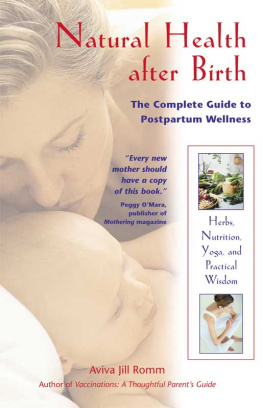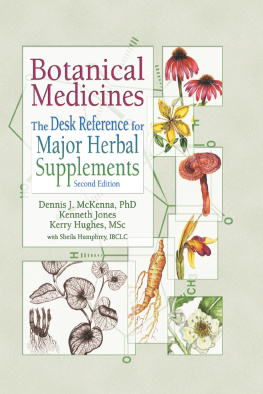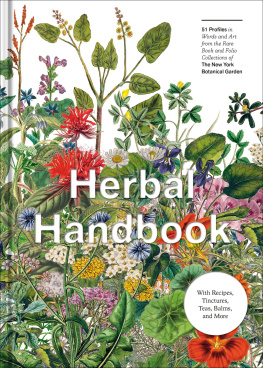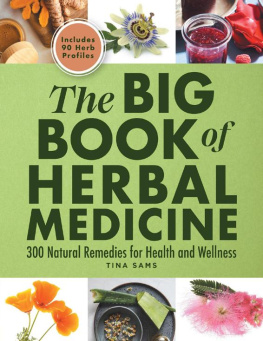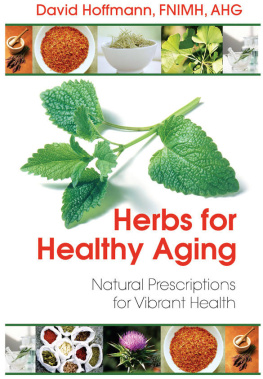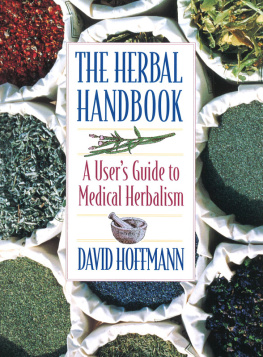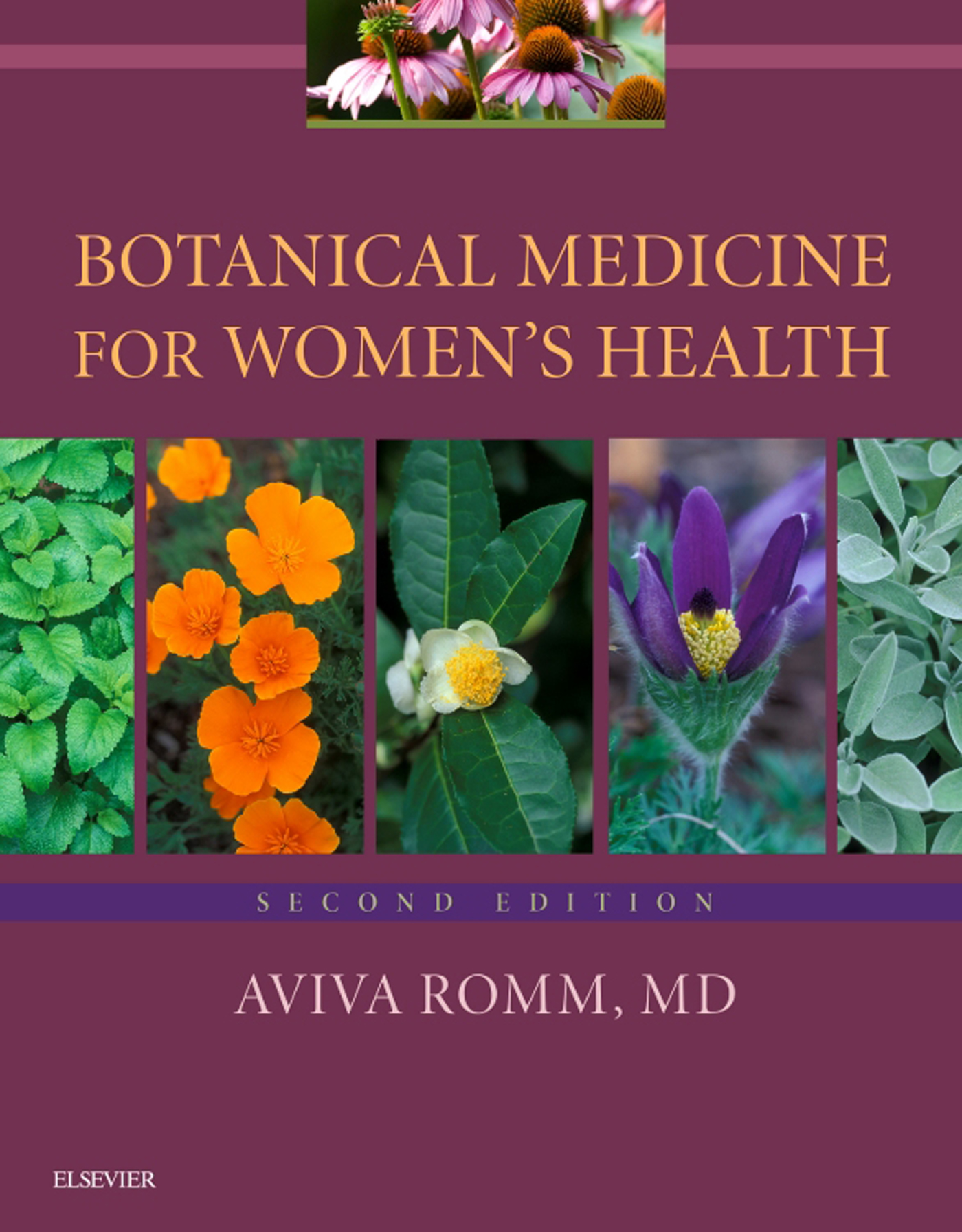Table of Contents
List of Figures
- Figures in 1
- Figures in 2
- Figures in 3
- Figures in 4
- Figures in 5
- Figures in 6
- Figures in 9
- Figures in 10
- Figures in 11
- Figures in 12
- Figures in 13
- Figures in 14
- Figures in 17
- Figures in 19
- Figures in 20
- Figures in 21
- Figures in 22
- Figures in 23
- Figures in Appendix II
List of Tables
- Tables in 1
- Tables in 2
- Tables in 3
- Tables in 4
- Tables in 5
- Tables in 6
- Tables in 7
- Tables in 8
- Tables in 9
- Tables in 10
- Tables in 11
- Tables in 12
- Tables in 13
- Tables in 15
- Tables in 16
- Tables in 17
- Tables in 18
- Tables in 19
- Tables in 20
- Tables in 21
- Tables in 22
- Tables in 23
- Tables in Appendix II
Landmarks
Botanical Medicine for Women's Health
Second Edition
Aviva Romm, MD
Forewords by:
Mary L. Hardy, MD
Simms/Mann-UCLA Center for Integrative Oncology, University of California, Los Angeles, California
Simon Mills, MCPP, FNIMH, MA
Peninsula School of Medicine, Plymouth University, Plymouth, Devon, United Kingdom
Table of Contents
Copyright

3251 Riverport Lane
St. Louis, Missouri 63043
BOTANICAL MEDICINE FOR WOMENS HEALTH, SECOND EDITION ISBN: 978-0-7020-6193-6
Copyright 2018 by Elsevier, Inc. All rights reserved.
Previous editions copyrighted 2009.
Cover art by Martin Wall
No part of this publication may be reproduced or transmitted in any form or by any means, electronic or mechanical, including photocopying, recording, or any information storage and retrieval system, without permission in writing from the publisher. Details on how to seek permission, further information about the Publishers permissions policies and our arrangements with organizations such as the Copyright Clearance Center and the Copyright Licensing Agency, can be found at our website: www.elsevier.com/permissions.
This book and the individual contributions contained in it are protected under copyright by the Publisher (other than as may be noted herein).
Notices
Knowledge and best practice in this field are constantly changing. As new research and experience broaden our understanding, changes in research methods, professional practices, or medical treatment may become necessary.
Practitioners and researchers must always rely on their own experience and knowledge in evaluating and using any information, methods, compounds, or experiments described herein. In using such information or methods they should be mindful of their own safety and the safety of others, including parties for whom they have a professional responsibility.
With respect to any drug or pharmaceutical products identified, readers are advised to check the most current information provided (i) on procedures featured or (ii) by the manufacturer of each product to be administered, to verify the recommended dose or formula, the method and duration of administration, and contraindications. It is the responsibility of practitioners, relying on their own experience and knowledge of their patients, to make diagnoses, to determine dosages and the best treatment for each individual patient, and to take all appropriate safety precautions.
To the fullest extent of the law, neither the Publisher nor the authors, contributors, or editors, assume any liability for any injury and/or damage to persons or property as a matter of products liability, negligence or otherwise, or from any use or operation of any methods, products, instructions, or ideas contained in the material herein.
Library of Congress Cataloging-in-Publication Data
Names: Romm, Aviva Jill, author.
Title: Botanical medicine for womens health / Aviva Romm ; forewords by Mary L. Hardy, Simon Mills.
Description: Second edition. | St. Louis, Missouri : Elsevier, [2017] | Includes bibliographical references.
Identifiers: LCCN 2016029888 | ISBN 978-0-7020-6193-6 (pbk. : alk. paper)
Subjects: | MESH: Genital Diseases, Female--drug therapy | Phytotherapy | Womens Health | Pregnancy
Classification: LCC RC48.6 | NLM WP 140 | DDC 615/.321082--dc23 LC record available at https://lccn.loc.gov/2016029888
Senior Content Strategist: Linda Woodard
Content Development Manager: Luke Held
Content Development Specialist: Kathleen Nahm
Publishing Services Manager: Hemamalini Rajendrababu
Project Manager: Janish Ashwin Paul
Design Direction: Renee Duenow
Printed in China
Last digit is the print number: 9 8 7 6 5 4 3 2 1

Dedication
This book is dedicated to all those who have given their lives to health freedom, to all women ready for a change in health care, and to all practitioners willing to make those changes. And to the plants, and the people who have trusted me with them - you have been my primary teachers.
Foreword
Botanical Medicine for Women s Health is being published at an interesting time and speaks simultaneously to a number of converging constituencies. It is a time of growing stress on both the medical system and the patient. Medical care is in crisis with large numbers of underinsured or uninsured patients needing care. Costs are rising from the practice of increasingly technical medicine while patients are unhappy with of the decreasing time and attention they are receiving from their medical providers. Further, the burden of chronic disease is growing in an aging population. In one response to these stressors, patient interest is forcing inclusion of alternative medicines and philosophies into mainstream practice. However, in the case of herbal medicine, incorporation into conventional medicine would represent the return to (pardon the pun) the deepest roots of our own medical tradition.
The lineage of herbal medicine is long, distinguished, and of great importance to Western medical tradition. Herbal medicine has been a significant component of an array of healing systems beginning early on with those of Egypt, Mesopotamia, Greece, and Islam and continuing through the development of medical practice in medieval and modern Europe. Traditional medical practices from Asia and India, as well as Aboriginal traditions on every continent, have also used extensive herbal pharmacopeias. Many of our modern pharmaceutical drugs owe their origins to herbal medicine, with more than one hundred of the most commonly used drugs derived directly or indirectly from plants.
It is particularly appropriate that this book focuses on the herbal treatment of womens conditions. Historically, women, when given the opportunity to train in medical professions or to operate as lay practitioners, often focused their care on women and their childreneither by choice or necessity. Often the transmission of this tradition was suppressed or marginalized and women had to use the products of the natural world around them rather than the often more toxic products favored by their conventional counterparts. Thus womens medicine, overseen by female goddesses like Isis or practiced by female practitioners such as Hildegard of Bingen, was largely based on herbal therapies. In fact, rarely were the contributions of these female herbalists recognized by conventional medical history. So, for example, the discovery of foxglove as a treatment for cardiac conditions is attributed to Sir William Withering and his source, the old lady of Shropshire, is largely forgotten. Thus I am particularly satisfied that this important herbal textbook is giving serious and scholarly consideration to this traditional practice.


